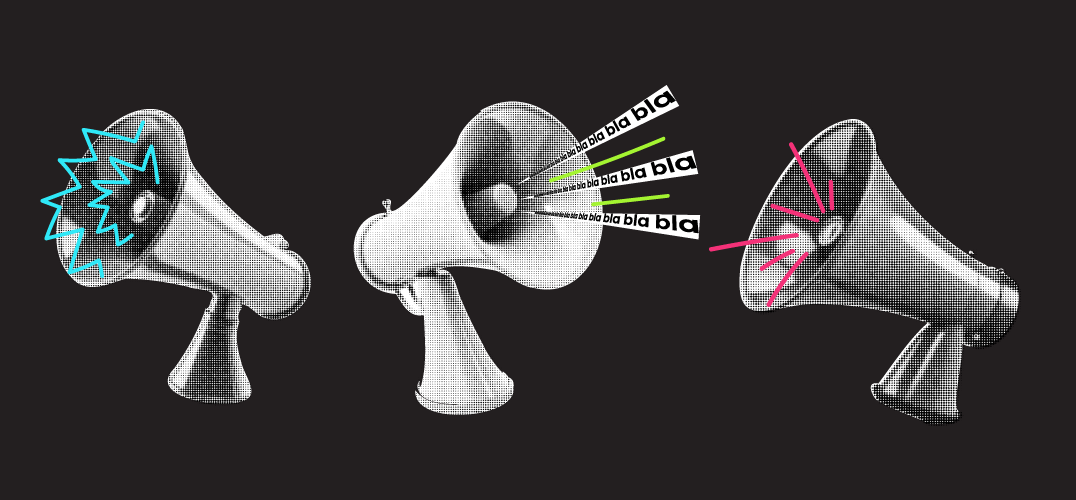
A.I. – Artificial Intelligence. What is it exactly (besides the title of a 2001 Spielberg film)?
AI is a machine-based intelligence system that utilizes what is called “Machine Learning” and “Deep Learning” to mimic human behavior or thinking. Some practical examples of AI today include things as common as “chatbots” that help walk you through customer service issues with a series of questions sent via text message, to spam filters helpfully separating the wheat from the chaff in your inbox. But the wide range of applications for AI runs the gamut from e-commerce and online personalized shopping recommendations to autonomous vehicles, and even soil testing in agriculture.
According to Simplilearn, the term “artificial intelligence” was coined by John McCarthy in 1956. One of the most widely known early iterations of AI was supercomputer “Deep Blue,” which in 1997 defeated world-champion chess player Garry Kasparov. More recently, you may have seen some of the rather humbling headlines about ChatGPT, a new AI tool from OpenAI that can do everything from explaining the Pythagorean theorem to writing poems and resumes.
According to an article from CNET, ChatGPT even scored 70% on a bar exam for lawyers and 78% on a high school chemistry exam. While ChatGPT illustrates how powerful the technology can be, it’s not without its faults and limitations. While the automated nature of AI can reduce human error and offers 24/7 availability, it can also be costly to implement and can’t replicate some of the most valuable elements of human interaction – namely creativity and collaboration.
Still, perfect or not, the usage of AI seems to be increasing rapidly. According to Servion Global Solutions, by 2025 (only a short two years away!), it is expected that 95% of customer interactions will be powered by AI.
Now is the time to begin exploring and preparing for a future shared with AI. Some questions to think about:
- What opportunities does this create within the automotive aftermarket?
- What efficiencies could AI offer your business?
- Could this create more speed and efficiency in your business’ customer service department?
Could this create more robust diagnostic capabilities in the repair environment? Is your aftermarket business currently utilizing AI? We’d love to know!

Amy Antenora is the Editor of aftermarketNews
Contact Amy at [email protected]

